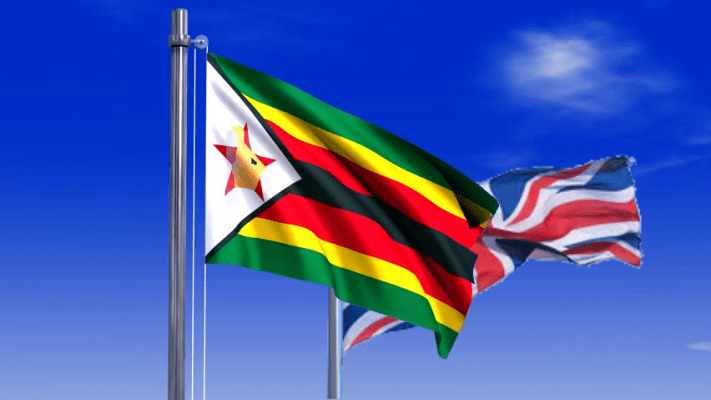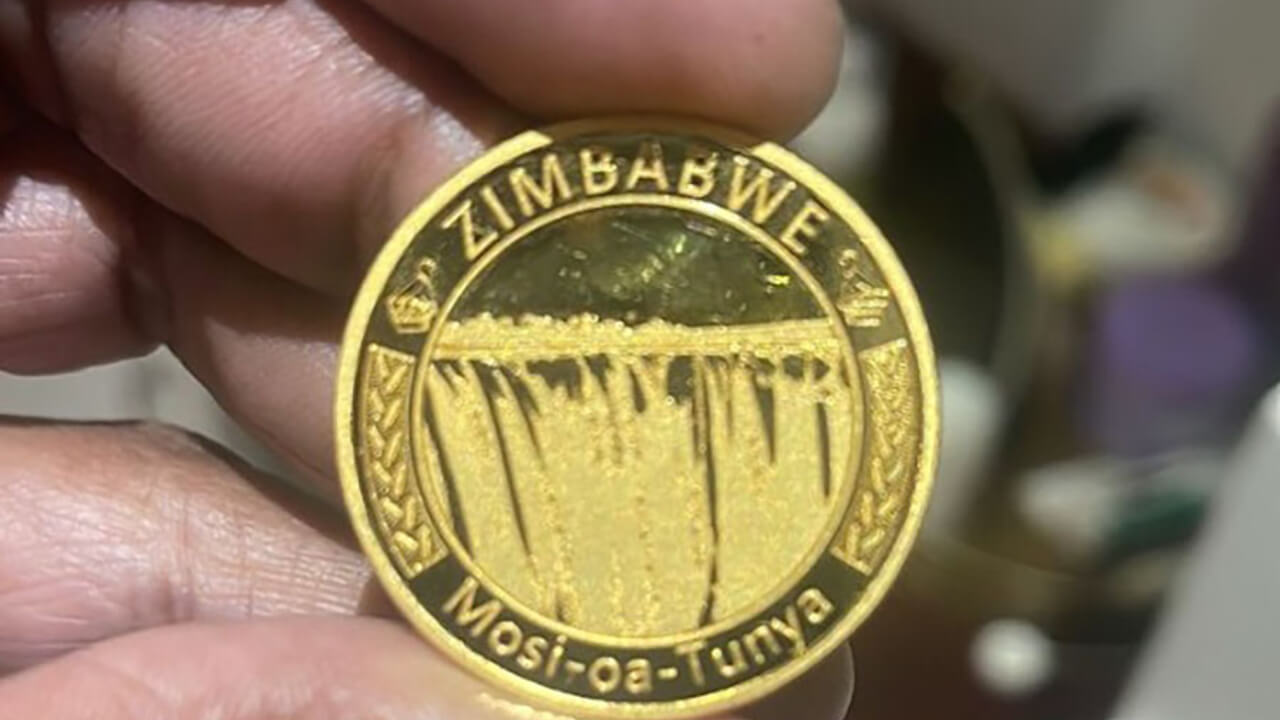Drought triggers elephant mass movement
Climate change-induced drought has triggered a mass-movement of elephants from Zimbabwe’s biggest national park into neighbouring Botswana in a search for water and food.
Elephants and other animals such as buffaloes, wildebeests and zebras are leaving Hwange National Park in their droves, crossing into Botswana to escape the prevailing drought conditions in the southern African nation, said Mr Tinashe Farawo, the spokesperson for the Zimbabwe Parks and Wildlife Authority (Zimparks).
Although seasonal migrations are common, this year the migration has started much earlier because of the arid conditions in Hwange National Park caused by poor rains in the preceding rainy season, Mr Farawo revealed.
“By August, most water sources had run dry, which is unusual because we experience this after the hottest period of October-November,” Farawo explained.
The elephants return to the park around December, when the dry season is over and food and water are plentiful.
The 14 600 square kilometres Hwange National Park is home to half of Zimbabwe’s 100 000 elephants. The park hosts over 100 mammal and 400 bird species, including 19 large herbivores and eight large carnivores.
It is part of the five-nation Kavango Zambezi Transfrontier Conservation Area, which is made up of Angola, Botswana, Namibia, Zambia and Zimbabwe.
These five southern African countries have common international borders along the Okavango and Zambezi River basins. Hwange National Park is the only part of the KAZA-TFCA that has no river or other natural water sources.
“These borders are man-made… elephants do not know them, so we are always joking that in that area (the KAZA-TFCA) an elephant can have its breakfast in Zimbabwe, its lunch in Botswana and its dinner in Namibia.”
However, wildlife researcher Mr Davis Cumming doesn’t see anything unusual about the mass movements.
“In previous years, once there has been any rain in Hwange and/or Botswana, even light showers, numbers of elephants have moved west into Botswana around this time of year,” Mr Cummings explained. “I believe there is no major climate change issue involved, nor is there a need to provide more boreholes in a park that already has an exceptionally high density of elephants.”
Climate change, according to Mr Farawo, is no laughing matter because it is putting pressure on the country’s biodiversity. The Intergovernmental Panel on Climate Change has classified southern Africa as a region at risk, facing increased risks of extreme heat and reduced rainfall due to global warming.
Zimbabwe has experienced frequent droughts. According to the Zimbabwe Meteorological Services Department, daily minimum temperatures have risen by 2.6 degrees Celsius over the last century, while daily maximum temperatures have risen by 2°C.
The number of cold days has decreased, while hot days have become more common. Rainfall has decreased by some 20 percent, while the frequency of droughts has increased from once a decade to about once every three years.
“Both minimum and maximum temperatures have increased since the early 1980s by about 1°C, hence reduced soil moisture through evapotranspiration,” said professor Desmond Manatsa, executive dean in the Faculty of Science and Engineering at the Bindura University of Science Education in Zimbabwe.
A total of 105 boreholes to supply water to the wildlife in the Hwange National Park — most of them running on solar — but they cannot cope with the demand for water, said Mr Farawo. “The water table is going down… some of these boreholes go down to 100-120 metres; it is an expensive process for us to undertake.”
Elephants also dominate all the waterholes in the park as they crowd out other animals adding to the existing challenge of biodiversity, he added.
Zimbabwe insists that its 100,000-plus elephant population is too large, resulting in ecological challenges.
“The country, along with Botswana (home to 130 000 elephants), Namibia and Zambia, wants the United Nations Convention on International Trade Endangered Species of Wild Fauna and Flora, commonly referred to as CITES, to lift the ban on ivory trade so that they can generate revenue to fund their conservation efforts. CITES has always turned down their request.
“Climate change-inducted water shortage increases cases of human-wildlife conflict in the country”, Farawo added.
In 2019, the unforgiving drought conditions resulted in the death of more than 200 elephants and other wildlife species in the country’s parks.
Zimparks and conservation partners are currently in the process of translocating more than 2 500 wild animals from the arid southern parts of the country to the north, where conditions are better as the ravages of climate change replace poaching as the biggest threat to wildlife.
About 400 elephants, 2 000 impalas, 70 giraffes, 50 buffaloes, 50 wildebeest, 50 zebras, 50 elands, 10 lions and a pack of 10 wild dogs are among the animals being moved from Zimbabwe’s Save Valley Conservancy to three conservancies in the north — Sapi, Matusadonha and Chizarira — in one of southern Africa’s biggest live animal capture and translocation exercises.
Both the World Wildlife Fund and African Wildlife Foundation (AWF) have classified water scarcity as one of the serious threats facing wildlife in the world.
Charly Facheux AWF’s Vice President, Conservation Strategy, Knowledge Management and Impact, said in a statement that in Africa, reduced access to water sources not only impacts human welfare in urban and rural areas, but it is also claiming wildlife species, fragile ecosystems, and the communities that depend on them.
“Water-dependent mammals like the elephant and rhino — already decimated by poaching — also contend with changes to their habitats,” Facheux said. “In eastern Africa, rainfall is projected to increase, but a significant decrease is expected in the south. Across the continent’s rapidly industrialising landscapes, the risk of flash floods and harsh droughts is high.”
He said smaller species struggle to adapt to the drastic reduction in rainfall and drying up of water holes while conditions of severe water shortage also make other animals like buffalos and antelopes easy prey for lions and leopards. – Online











